#Cows
Text
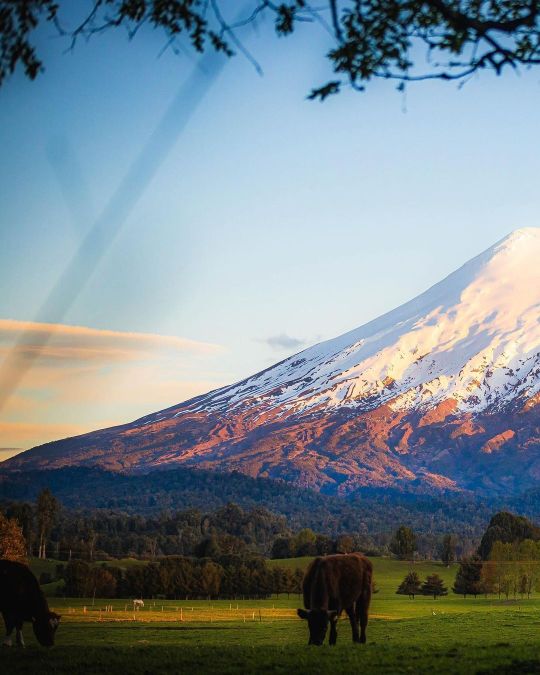

Düşünme benimseme ve kanma bu dünyanın rengine. zira bir gün sende unutulursun hiç var olmamış gibi..
A life without feelings..
#yörüngede#artists on tumblr#cottagecore#my photography#aesthetic#landscape#popular#flowers#travel#photography#art#nature photography#photographers on tumblr#landscape photography#spring photography#travel photography#forest photography#animals photography#landscapes#adventure#los lagos#chile#mountains#volcano#cows#aestheitcs#lensbr#nature#south america#patagonia
400 notes
·
View notes
Text

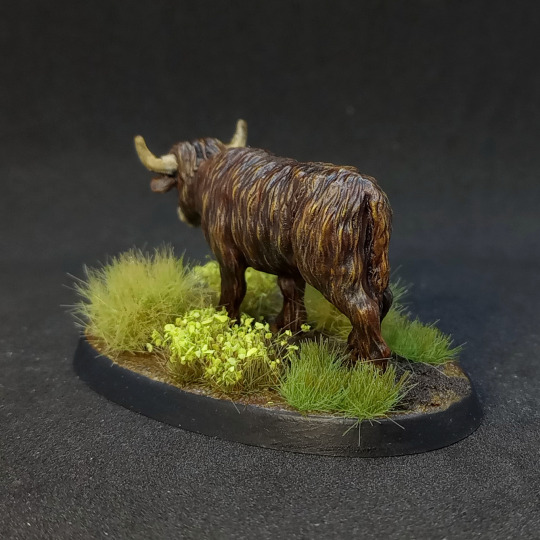
Highland cow from Sally 4th Miniatures
I wanted to make the cow more orangey but was having trouble with it. Fortunately highland cattle come in a variety of colors, including brindle.
(I also felt the tail was too short so I extended it a bit. You can't really see the extension in the pictures.)
59 notes
·
View notes
Text
#sexy hips#endgame#divination#booknerd#Impressionism#larry#socks#rockabilly#shinji ikari#software engineering#nyle dimarco#retrowave#cows#kayla lauren#matt murdock x reader
129 notes
·
View notes
Text

Good Morning! Stay glued to your screen.
#good#morning#good morning#good morning message#good morning image#good morning images#good morning man#the good morning man#the entire morning#gif#good morning messages#gm#morning vibes#morning motivation#cow#cows#cow farmer#farmer cow#farm#to be continued#to be continued...#barn#coward#every day#no matter what#or else...
44 notes
·
View notes
Text
trans person: im trans
society: ok
the magnificent african forest buffalo:

79K notes
·
View notes
Text

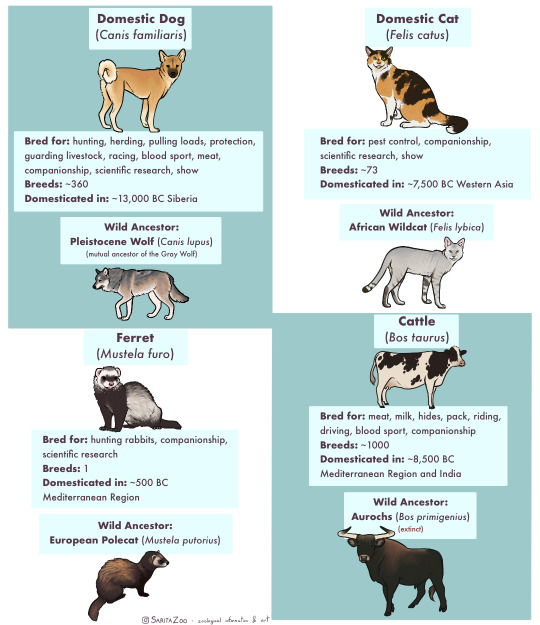


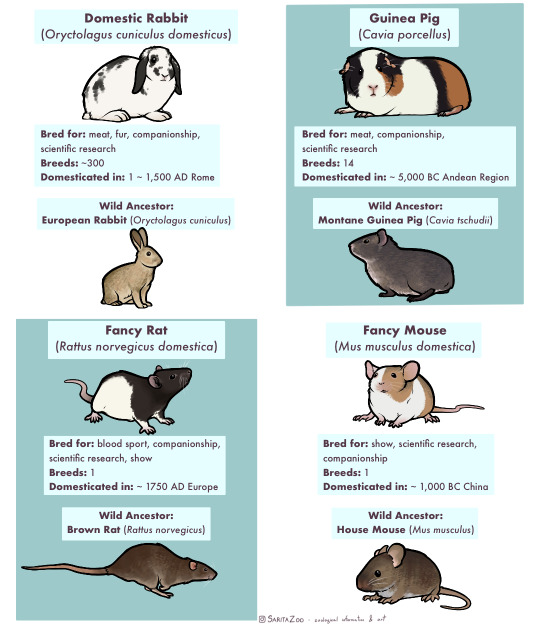
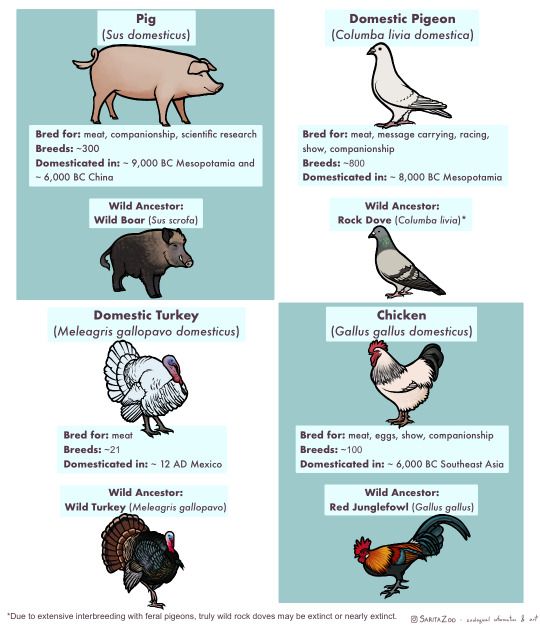
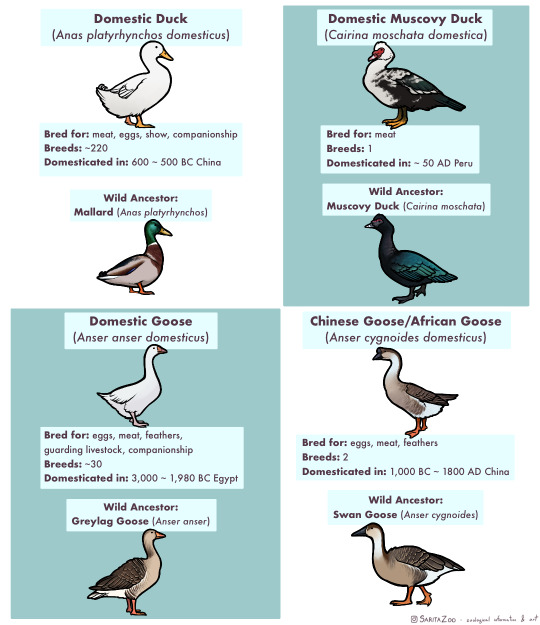
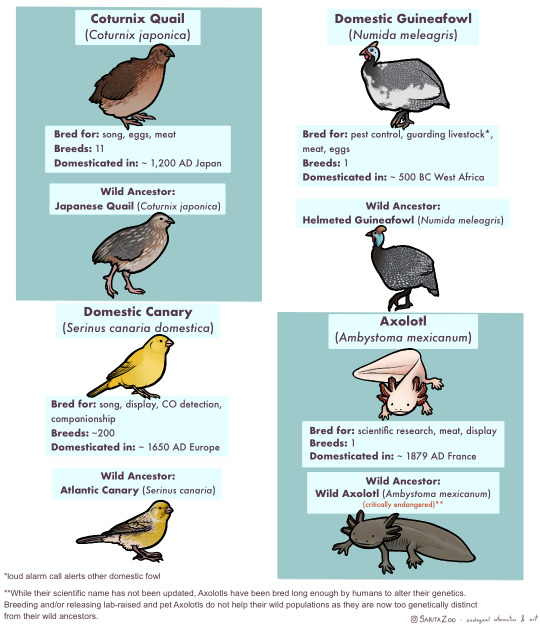


Phew. This one took, uh… a bit longer than expected due to other projects both irl and art-wise, but it’s finally here. The long-awaited domestic animal infographic! Unfortunately, I didn’t have enough space to cover every single domestic animal (I’m so sorry, reindeer and koi, my beloveds) but I tried to include as many of the “major ones” as possible.
I made this chart in response to a lot of the misunderstandings I hear concerning domestic animals, so I hope it’s helpful!
Further information I didn’t have any room to add or expand on:
🐈 “Breed” and “species” are not synonyms! Breeds are specific to domesticated animals. A Bengal Tiger is a species of tiger. A Siamese is a breed of domestic cat.
🐀 Different colors are also not what makes a breed. A breed is determined by having genetics that are unique to that breed. So a “bluenose pitbull” is not a different breed from a “rednose pitbull”, but an American Pitbull Terrier is a different breed from an American Bully! Animals that have been domesticated for longer tend to have more seperate breeds as these differing genetics have had time to develop.
🐕 It takes hundreds of generations for an animal to become domesticated. While the “domesticated fox experiment” had interesting results, there were not enough generations involved for the foxes to become truly domesticated and their differences from wild foxes were more due to epigenetics (heritable traits that do not change the DNA sequence but rather activate or deactivate parts of it; owed to the specific circumstances of its parents’ behavior and environment.)
🐎 Wild animals that are raised in human care are not domesticated, but they can be considered “tamed.” This means that they still have all their wild instincts, but are less inclined to attack or be frightened of humans. A wild animal that lives in the wild but near human settlements and is less afraid of humans is considered “habituated.” Tamed and habituated animals are not any less dangerous than wild animals, and should still be treated with the same respect. Foxes, otters, raccoons, servals, caracals, bush babies, opossums, owls, monkeys, alligators, and other wild animals can be tamed or habituated, but they have not undergone hundreds of generations of domestication, so they are not domesticated animals.
🐄 Also, as seen above, these animals have all been domesticated for a reason, be it food, transport, pest control, or otherwise, at a time when less practical options existed. There is no benefit to domesticating other species in the modern day, so if you’ve got a hankering for keeping a wild animal as a pet, instead try to find the domestic equivalent of that wild animal! There are several dog breeds that look and behave like wolves or foxes, pigeons and chickens can make great pet birds and have hundreds of colorful fancy breeds, rats can be just as intelligent and social as a small monkey (and less expensive and dangerous to boot,) and ferrets are pretty darn close to minks and otters! There’s no need to keep a wolf in a house when our ancestors have already spent 20,000+ years to make them house-compatible.
🐖 This was stated in the infographic, but I feel like I must again reiterate that domestic animals do not belong in the wild, and often become invasive when feral. Their genetics have been specifically altered in such a way that they depend on humans for optimal health. We are their habitat. This is why you only really see feral pigeons in cities, and feral cats around settlements. They are specifically adapted to live with humans, so they stay even when unwanted. However, this does not mean they should live in a way that doesn’t put their health and comfort as a top priority! If we are their world, it is our duty to make it as good as possible. Please research any pet you get before bringing them home!
#SaritaZoo#my art#domestic animals#domestication#pets#dogs#cats#ferrets#cows#sheep#goats#bovids#horses#donkeys#camels#llamas#alpacas#rabbits#guinea pigs#rats#pet rats#pet mice#pigs#pigeons#turkeys#chickens#ducks#geese#quail#i ran out of tags rip
31K notes
·
View notes
Text
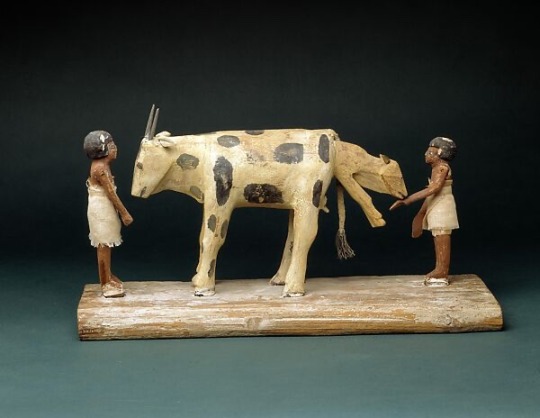
I can’t tell you how much I love this artwork from ancient Egypt (the Middle Kingdom). People have been raising cattle and practicing animal husbandry for so long, that there is something almost inherently human about this scene.
Everyone in the field of veterinary medicine or agriculture knows the feeling of staying up late with a laboring animal trying to make sure both mom and baby are okay. Delivering a calf is often physically and emotionally exhausting work that takes enormous patience and learned skill. It requires a unique balance of physical strength and gentleness to do correctly. There is no feeling quite like getting that baby out and everyone is okay. I’m certain ancient people must have felt the same way, and I wonder if the artist knew this feeling firsthand. I wonder if those humans depicted were people the artist knew, if the cow and calf maybe were as well.
16K notes
·
View notes
Text
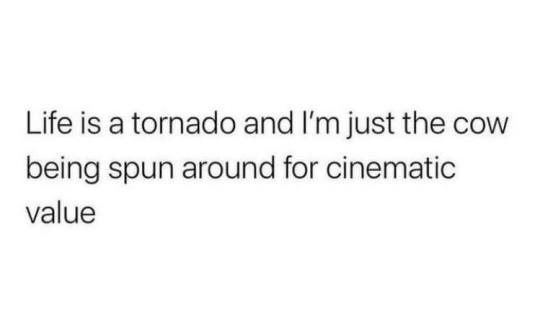
14K notes
·
View notes
Text



"If a pig catches both a human influenza A virus and an avian influenza A virus at the same time, it can spark a process known as viral reassortment — a genetic exchange in which flu viruses swap gene segments."
"Those swaps can introduce dramatic changes, producing a new virus with certain properties of a non-human strain coupled with the capacity to infect and spread between people."
"The death rate in humans may be upwards of 50 per cent, World Health Organization data suggests, though it's possible that milder infections are getting missed, skewing the case fatality ratio. Still, in a population that's never been exposed, the global impacts could be dire."
"More human cases could also be happening under the radar among farm workers who've moved to the U.S. from abroad, don't speak English as their first language, and may be hesitant to seek medical help, he added."
"So I think there's probably underreporting on both sides," Armstrong said."
"If [H5N1] gets into a population where there's constantly animals going in and out … it might not ever leave."
I've been watching this develop for the past several days, and apart from being terrified most people will not take this seriously (I've seen a handful of people already shout conspiracy on social media and it's alarming to see, as always). What I wanted to point out is that pandemics are going to continue to be our 'normal.' I watched a great video on YouTube a while ago (I believe it was by Vice?) that touched base on how this is going to become our new reality because of multiple factors (such as our proximity to animals, and environments/etc). It was when Covid hit and they did a piece debunking some of the misinformation floating on the internet. If I can find it I will post it here because it was informative and relevant to pretty much any world crisis we will see around any virus that spreads among a human population.
This post isn't trying to fear monger anyone, I just hope more people are aware of what is happening because this is important to talk about. There are already cases (of cows getting this bird flu) in the US, and I won't be surprised if there will be instances in more countries around the world. As usual, keep washing your hands/keeping good hygiene practices, masking up (and if you aren't I hope you consider it), and taking precautions if you do happen to visit/work or go near a pig or poultry farm too:
I'll keep track of this here of course, but please stay informed folks. And also FU to any governments who will try to minimize this or try to diminish the severity until it's too late and community spread happens like Covid because their actions are influenced by capitalistic interests.
Update (April 7th, 2024, 9:32pm EST): to anyone wondering where some of the source information originates from -here is a link to the CDC. They are tracking documented avian virus outbreaks in the US and the public can access it here:
#current news#current events#global news#united states#cattle#cows#cattle farming#avian flu#bird flu#h5n1#mask up#pandemic#covid#covid isn't over#covid conscious#covid is airborne#covid is not over#viruses#fuck capitalism#anti captialism#healthcare#public health#world health organization#cdc#news update#update
15K notes
·
View notes
Text
🐄
[video description: a video by thegentlebarn. it starts with a clip of people grooming a cow's snout with the caption, "5 signs a cow is truly ✨ happy ✨." each of the captions describing the signs is accompanied by clips of cows exhibiting them. they are:
"1. they expose their belly for tummy rubs as a sign that they trust you 2. they initiate gentle physical contact like licking or hugging you 3. they're chewing cud - this means they feel safe & their digestive system is doing its thing 👍 4. zoomies! just like with dogs, this is most often a playful, happy behavior 5. they make a 'purring' sound - cows do this when they're extremely relaxed and content. it's like a big exhale"
in the background is peaceful instrumental music.]
24K notes
·
View notes
Text


“I Got Sleepy Bitch Disease and It’s Terminal” (2021) gouache & acrylic
#artists on tumblr#traditional art#cows#spring#flowers#cottagecore#artsypeachy#no that wasn’t the original title but. it is now
8K notes
·
View notes
Text


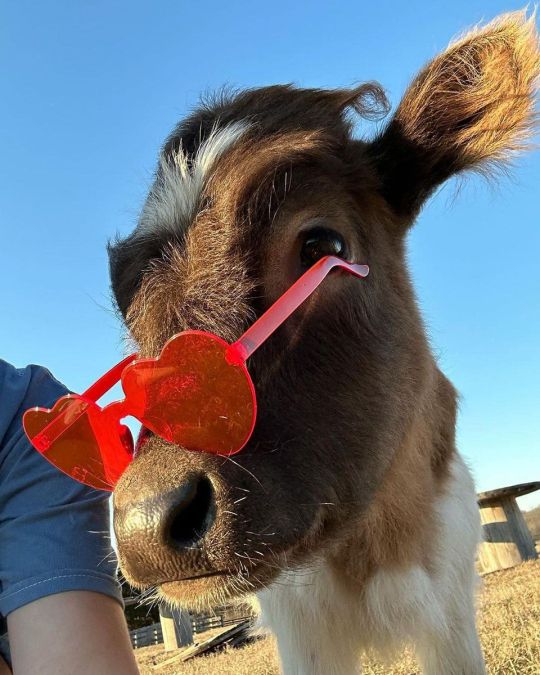

lifeonthe_ranch_
#animal#animals#cows#photography#landscape#paradise#nature#adventure#explore#travel#travelling#aesthetic#grandmacore#cottagecore#naturecore#gardencore#cute animals#baby animals
11K notes
·
View notes
Text
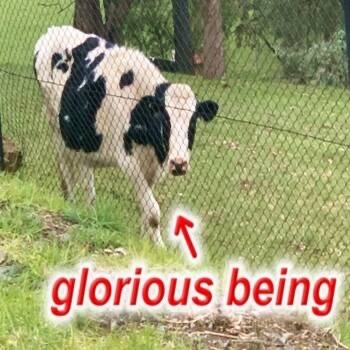
27K notes
·
View notes